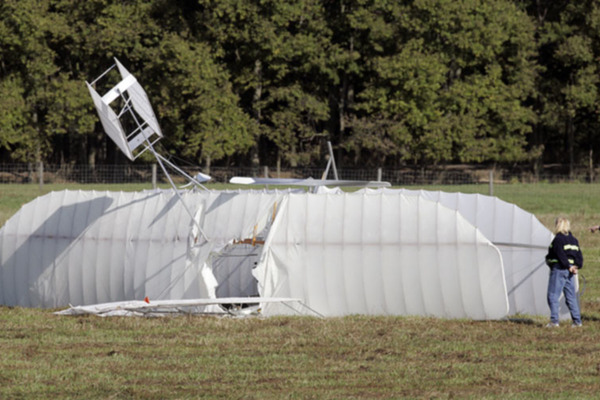Learn from your failure
Build a small bridge from popsicle sticks, test until it breaks, note why it failed, redesign, and try again to learn.



Step-by-step guide to learn from your failure (build and test a popsicle-stick bridge)
Why Making Mistakes is Good for Kids | Ms. Rosie's Class
Step 1
Gather all your materials and put them on a clear table so you are ready to build.
Step 2
Draw a simple sketch of your bridge on the paper so you know what to build.
Step 3
Lay out enough popsicle sticks side by side to match the length of the deck in your sketch.
Step 4
Glue the laid out sticks together along their long edges to make the bridge deck.
Step 5
Build two side trusses by arranging popsicle sticks into triangle shapes and gluing the joints.
Step 6
Attach the two trusses to the long sides of the deck by gluing them in place.
Step 7
Let the whole bridge dry until the glue feels firm and the pieces do not move.
Step 8
Place your bridge so it rests on two supports like stacks of books or boxes with a gap underneath.
Step 9
Test the bridge by adding one small weight at a time in the middle until the bridge breaks.
Step 10
Record on your paper how many weights the bridge held.
Step 11
Write a short note describing how the bridge failed such as where it bent cracked or the glue came loose.
Step 12
Draw one specific change you will try to make the bridge stronger on your paper.
Step 13
Build a new bridge using the change you drew.
Step 14
Test your new bridge by adding weights one at a time until it breaks or holds more than the first bridge.
Step 15
Share a photo and what you learned about your bridge on DIY.org
Final steps
You're almost there! Complete all the steps, bring your creation to life, post it, and conquer the challenge!


Help!?
What can we use if popsicle sticks or the recommended glue are hard to find?
Use sturdy corrugated cardboard strips cut to the deck length or wooden coffee stirrers in place of popsicle sticks, and substitute white craft glue with wood glue or a low‑temperature hot glue gun when gluing the deck edges and truss joints.
What should we do if the bridge bends in the middle or the glued joints come loose during testing?
Reinforce the deck by gluing an extra layer of sticks along the long edges, add diagonal cross‑braces to the triangle trusses before attaching them to the deck, and press or clamp the glued joints during the 'let the whole bridge dry' step so the glue sets firm.
How can we adapt the activity for different ages while still following the steps like sketching, building trusses, and testing weights?
For ages 4–6 have an adult pre‑cut a cardboard deck and let the child arrange and glue sticks and draw a simple sketch, ages 7–10 can follow all steps with supervision using school glue, and ages 11+ can take measurements, design precise truss patterns, and quantitatively record weights held on the paper.
How can we extend or personalize the bridge project after building and testing the first design?
Try different truss types (for example Pratt or Warren), draw the specific change on your paper, build a second bridge with that change, record how many weights it holds compared to the first, and decorate and photograph the stronger bridge to share on DIY.org.
Watch videos on how to learn from your failure (popsicle-stick bridge testing and redesign)
Learning from mistakes
Facts about bridge building and structural engineering for kids
🧪 Hands-on popsicle-stick bridge challenges mirror real engineering competitions used to teach structural concepts.
💪 Most small bridge failures come from weak joints or compression buckling in members, not the middle of a beam.
🔁 The engineering design process prizes quick tests and redesigns — failing early helps you learn faster.
🔺 Triangles are the backbone of truss bridges because they keep structures from changing shape under load.
🏗️ Well-built popsicle-stick bridges in student contests can support hundreds of times their own weight.
How do you do the "Learn from your failure" popsicle-stick bridge activity?
What materials do I need for the popsicle-stick bridge activity?
What ages is the popsicle-stick bridge activity suitable for?
What are the benefits of doing the popsicle-stick bridge "learn from failure" activity?


One subscription, many ways to play and learn.
Only $6.99 after trial. No credit card required


